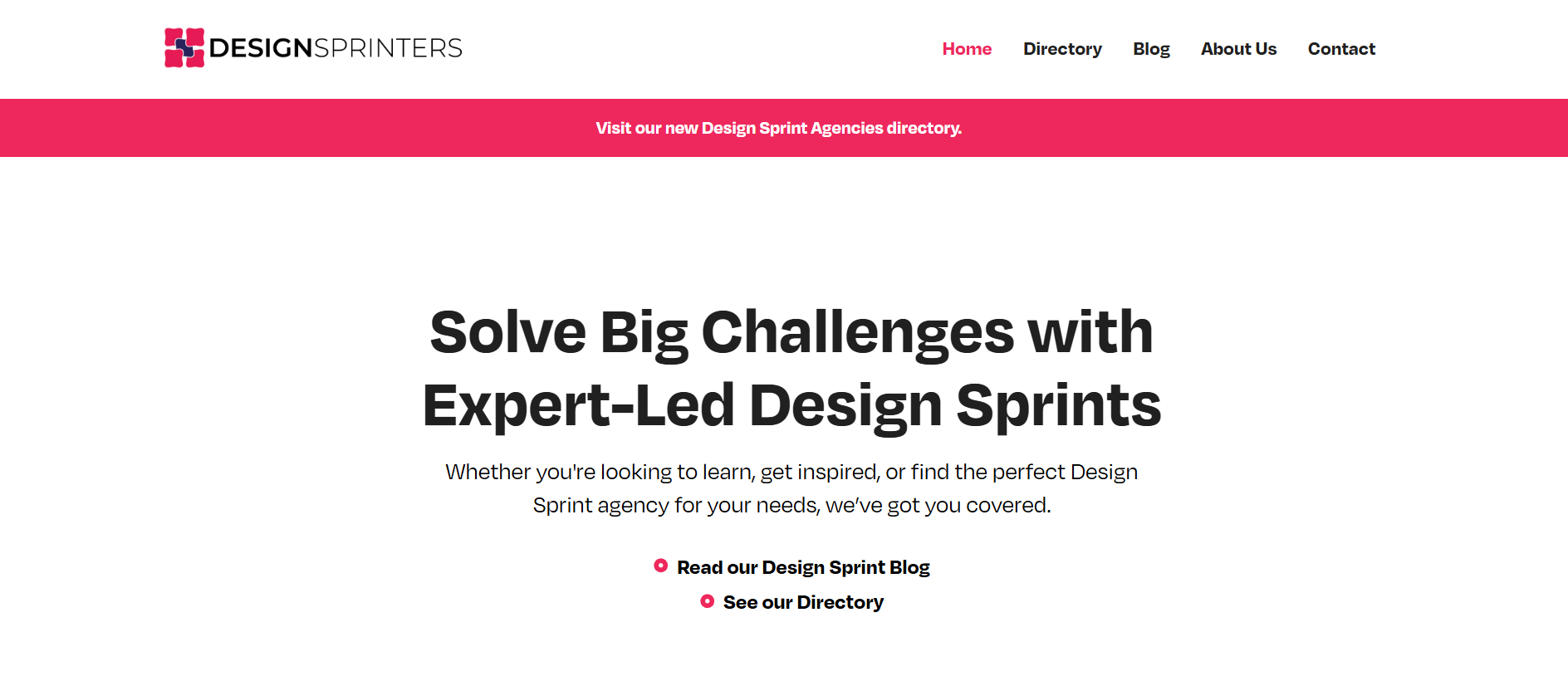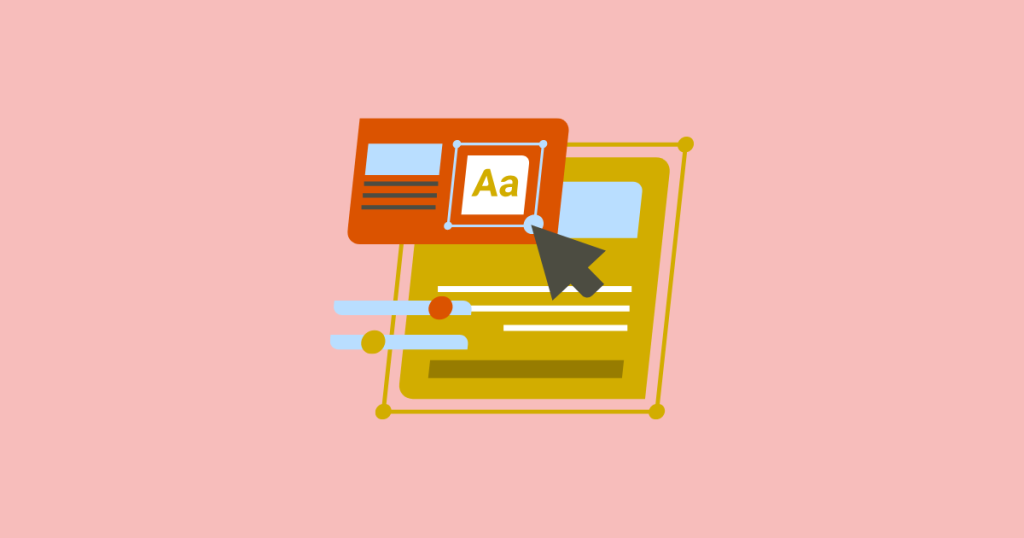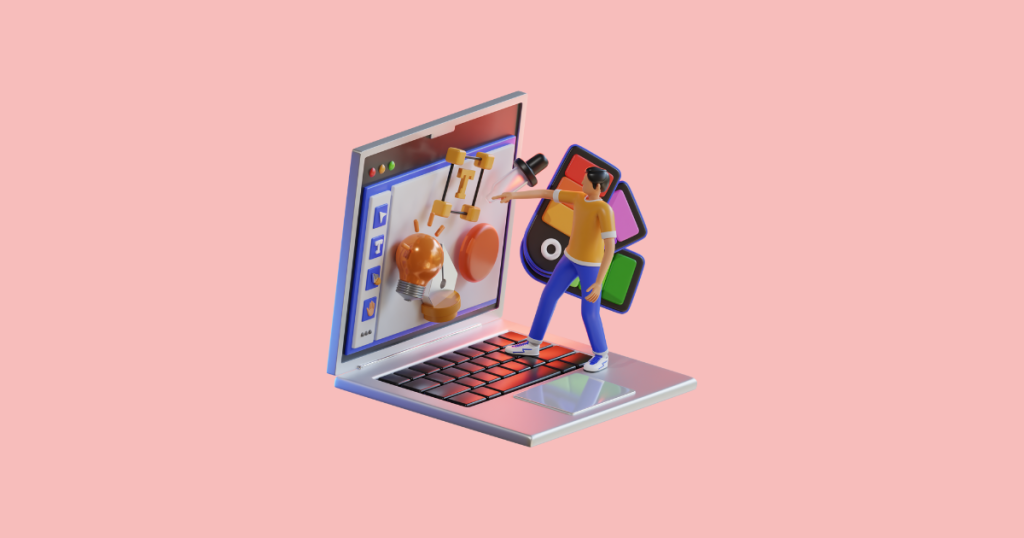Why design sprint is important comes down to one thing: it compresses months of risky guesswork into a focused week that delivers evidence, clarity, and momentum for both product and business growth.
Ever felt like your team is stuck debating ideas for weeks without moving forward? That’s exactly what a design sprint fixes.
You get a rapid prototype. You get real user feedback. You align stakeholders. You cut waste. You reduce risk. You speed up decisions.
And you do it all in five days, not five months.
At DesignSprinters, we’ve seen teams go from uncertainty on Monday to validated direction by Friday. That momentum turns into faster launches, smarter decisions, and better ROI.
👉 Ready to stop spinning your wheels and start sprinting? Let’s get your next idea moving.
Why Design Sprint Is Important for Product and Business Growth

Instead of endless meetings, a sprint gives companies evidence-based decisions and a clear path forward.
1. What a Design Sprint is and Why it Matters
A design sprint is a time-boxed, highly collaborative process that answers critical business questions through mapping, sketching, decision-making, prototyping, and user testing, typically completed in five days.
The goal is decision-quality evidence, not endless debate. Teams replace opinion with observed behavior from real users and turn ambiguity into a clear next move.
Here’s the core business case: a sprint condenses discovery, alignment, and validation that usually takes months into a single week.
2. The Outcomes You Can Expect

A design sprint compresses discovery, alignment, and validation—activities that often take months—into a single week.
The result is:
- Faster validation of ideas, features, and value propositions.
- Reduced risk by identifying deal-breakers before development.
- Cross-functional alignment that eliminates silos and speeds decisions.
- Evidence-backed next steps everyone can trust.
This is more than a product exercise; it’s a way to unlock growth by focusing resources only on what truly creates value.
3. How a Sprint Drives Product Growth
It accelerates product discovery.
By rapidly prototyping and testing, you identify the features that matter, sharpen the UX, and remove friction that blocks adoption.
- Accelerate discovery: Rapid prototyping and testing highlight what features matter most.
- De-risk roadmaps: Teams validate desirability and usability before writing code.
- Refine product-market fit: User feedback reveals how well the value proposition resonates.
- Increase iteration speed: Clear insights flow directly into build sprints, reducing costly rework.
The result? Products that customers adopt faster, with fewer missteps along the way.
4. How a Sprint Fuels Business Growth

Beyond product teams, design sprints deliver direct business impact:
- Shorter time-to-market → earlier launches, earlier revenue.
- Smarter investment → capital flows only into features with proven demand.
- Stronger stakeholder confidence → decisions are grounded in real customer evidence, not opinions.
- Repeatable collaboration model → a framework to tackle high-stakes initiatives consistently across the business.
✅For leaders, this means less waste and more predictable growth.
5. When to Run a Design Sprint
Design sprints are most powerful when the stakes are high and the clarity is low.
For example:
- Launching a new product or venture.
- Tackling a major redesign where alignment is fragmented.
- Investigating plateaued product metrics.
- Building complex internal tools that are costly if misbuilt.
- Testing strategic shifts like new markets or pricing models.
6. What Happens During the Week
| Day | Focus |
|---|---|
| Day 1 | Map the problem, define the target, set success criteria, and gather expert input. |
| Day 2 | Explore solutions through individual sketching to avoid groupthink and broaden options. |
| Day 3 | Decide objectively, storyboard the prototype, and lock the test plan. |
| Day 4 | Create a high-fidelity prototype that closely resembles the real experience for users. |
| Day 5 | Test with five to seven target users, capture patterns, and extract decisions. |
This cadence avoids endless meetings and creates a natural forcing function for progress. Every step builds toward a testable learning moment by Friday.
7. How a Sprint Reduces Risk Without Slowing You Down

One of the biggest challenges in product and business growth is finding the balance between moving fast and avoiding costly mistakes.
Here’s how:
- Learning comes first → Instead of sinking weeks into development, teams validate assumptions with real users in just five days. You build less, but learn more.
- Scope stays laser-focused → Each sprint tackles one challenge, one prototype, and one test. That clarity prevents scatter and wasted effort.
- Trade-offs become obvious → With customer evidence on the table, it’s easier to cut “nice-to-haves” and double down on what drives growth.
- Decisions are documented → Every sprint produces artifacts—maps, storyboards, test results—that explain not just what to do next, but why. This builds confidence across stakeholders and keeps execution on track.
Metrics to Watch After a Sprint
The success of a sprint isn’t just in the prototype, it’s in the outcomes that follow.
Key metrics include:
✅Task success rates in validated flows.
✅Faster decision-making in product governance.
✅Engineering time saved by avoiding rework.
✅Higher experiment win rates.
✅Shorter cycle time from insight to shipped improvement.
When a Design Sprint is not the Right Tool
Not every challenge needs a sprint.
If the solution is already proven, the problem is undefined, or decision-makers can’t commit to action, then traditional execution or research may be more effective.
How DesignSprinters Runs Sprints that Stick

At DesignSprinters, we make sure every sprint creates lasting impact by focusing on execution as much as discovery.
It begins with a sharp, well-defined brief and measurable outcomes, so the team knows exactly what success looks like.
From there, we bring in target users who truly represent the segment you want to win, ensuring the feedback you get is both relevant and reliable.
The prototypes we build go beyond rough sketches; they mirror real product fidelity, giving you insights you can actually trust.
And once testing is complete, we don’t leave you with vague recommendations.
Instead, we translate the findings into an actionable delivery plan that includes prioritized tickets, design updates, and a 30-60-90 day experiment roadmap to keep momentum alive.
Conclusion
Why a design sprint is important is simple to state and powerful in practice. It helps teams and businesses move faster with less risk.
For product teams, it means launching the right features sooner.
For business leaders, it means smarter investments, stronger alignment, and sustainable growth.
One week. One tested prototype. A clear direction forward. That’s how a design sprint becomes not just a design tool, but a growth strategy.
👉 Ready to see how a sprint could unlock growth for your business?



